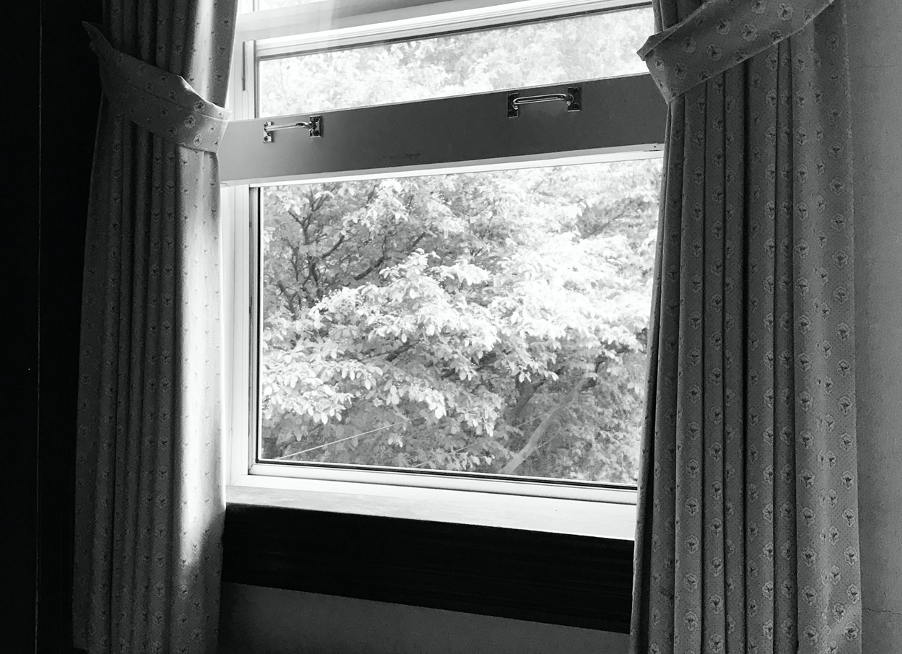
Photo caption: Residents of long-term care facilities in Canada have been disproportionately affected by COVID-19 due to a dysfunctional care system and a lack of action to combat the spread of infection.
To date, a staggering 81 per cent of COVID-19 deaths in Canada are attributable to long-term care facilities. This not only reflects the way we knew COVID-19 could ravage the elderly, but also reveals a care system in shambles, to which eyes have been long averted.
The devastation COVID-19 could inflict on residents of long-term care facilities should not have been surprising, given the vulnerability of older populations to the virus. Alarming fatality rates had already been reported at outbreaks in other care facilities such as in Wuhan, China.
Canada’s first outbreak in a long-term care facility came in early March in British Columbia. Swift measures were taken to reduce the spread of the virus by providing adequate personal protective equipment to staff. Measures were taken to reduce the number of healthcare providers working in multiple facilities, a circumstance known to exacerbate transmission. Due to decisive action, COVID-19 deaths in long-term care facilities in British Columbia remain relatively low, numbered at 115 as of June 11th.
Other provinces have fared far worse. Quebec and Ontario were slow to instruct care facility workers not to work at multiple care homes. By then, the crisis was well underway. Officials focused on making sure hospitals had the resources they needed to combat the flood of cases expected to require hospitalization or critical care. Meanwhile, lack of action in long-term care facilities in Ontario and Quebec resulted in needlessly high death tolls.
Quebec has seen more than 2,500 deaths in long-term care facilities and Ontario 1,500. At least 273 homes in Quebec have seen outbreaks to date, along with at least 300 homes in Ontario. In response to the provinces’ pleas for help, more than 1,600 members of the Canadian Armed Forces were dispatched to long-term care facilities throughout the two provinces in order to curb an ultimately avoidable crisis that has been years in the making.
For many family members, the pain of bereavement has been met with the unknowable question of whether there was peace in the passing of their loved ones. Recent military reports in Ontario homes of neglect of and aggression toward residents, as well as of residents having been heard crying out for help for hours and found left in soiled diapers. These reports have led to inquiries into COVID-19 deaths in these homes and the seizing of control of five Ontario facilities by the government.
It was a deeply flawed system rife with vulnerabilities, needing only a simple trigger to topple the initial domino in a deadly cascade. Long-term care facilities with old infrastructure, limited capacity for social distancing, and a high level of contact between the residents, health care providers, and visiting family, were from the outset not in a position to effectively handle a viral pandemic. Many health care providers were also working at multiple facilities and being paid low wages with few benefits and no sick pay, directly contributing to the surge in cases.
Changes to the care system have been promised, though few have been implemented. Low rates of facility inspection, a lack of care standards, and poor working conditions have ultimately exacerbated neglect. COVID-19, coupled to a shocking lack of response given numerous warning signs, opened a concealed crack in a care system into a chasm into which the innocent elderly fell.
While British Columbia has been better able to mitigate the spread of infection, three care homes have also been placed under the jurisdiction of the provincial government due to insufficient care.
At the least, residents of long-term care facilities should be able to pass the remainder of their years with care and a consideration of their dignity. We cannot know just how many of our elderly were stripped of the respect and attentiveness owed them as members of a society, and, more fundamentally, as members of humanity.
It is an injustice that a virus long warned to most severely afflict the elderly should have been allowed to spread disproportionately through their care homes. For all of the damage the pandemic has precipitated, longstanding inaction gave way to preventable tragedy.
Resources:
https://www.washingtonpost.com/world/the_americas/coronavirus-canada-long-term-care-nursing-homes/2020/05/18/01494ad4-947f-11ea-87a3-22d324235636_story.html
https://www.ctvnews.ca/health/coronavirus/where-the-tragedy-really-lies-the-crisis-in-canada-s-long-term-care-homes-1.4927328
https://www.cbc.ca/news/politics/long-term-care-crisis-covid19-pandemic-1.5589097
https://www.thestar.com/politics/federal/2020/05/07/82-of-canadas-covid-19-deaths-have-been-in-long-term-care.html
https://www.theglobeandmail.com/politics/article-long-term-care-connected-to-79-per-cent-of-covid-19-deaths-in-canada/
https://globalnews.ca/news/6828045/long-term-care-homes-most-coronavirus-deaths-canada/
https://bccare.ca/covid-19-daily-news-scan/
By: Natalie Workewych
Natalie is a PhD Student studying Pharmacology at the University of Toronto. Her academic background includes an undergraduate degree in Biochemistry and Pharmacology. She hopes to encourage ideas through writing, and bring thoughts on science to anyone the least bit curious.
